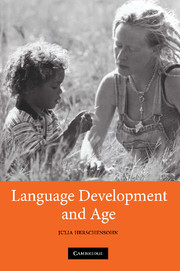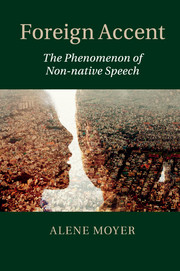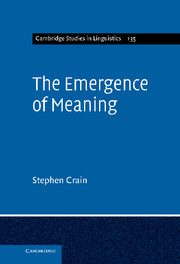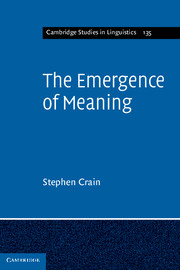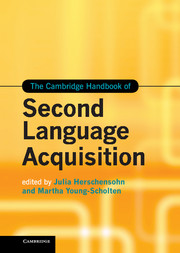Language Development and Age
The anecdotal view of language acquisition is that children learn language with apparent ease, no instruction and in very little time, while adults find learning a new language to be cognitively challenging, labour intensive and time-consuming. In this book Herschensohn examines whether early childhood is a critical period for language acquisition after which individuals cannot learn a language as native speakers. She argues that a first language is largely susceptible to age constraints, showing major deficits past the age of twelve. Second-language acquisition also shows age effects, but with a range of individual differences. The competence of expert adult learners, the unequal achievements of child learners of second languages, and the lack of consistent evidence for a maturational cut-off, all cast doubt on a critical period for second-language acquisition.
- Only current monograph to discuss a critical period for both first- and second-language acquisition
- Brings together evidence from a range of sources such as language pathology, pidgin and creole languages
- Includes a review of recent psycholinguistic and neurolinguistic research on early and late bilinguals
Reviews & endorsements
'… will most certainly function as a rich resource for scholars interested in age effects in language acquisition for many years to come.' Journal of Linguistics
Product details
No date availablePaperback
9781107404885
304 pages
229 × 152 × 16 mm
0.41kg
Table of Contents
- 1. Just in time: is there a critical period for language acquisition?
- 2. Right on time: process and schedule of first language acquisition
- 3. All in good time: a window of opportunity for first language acquisition
- 4. Behind time: process and schedule of second language acquisition
- 5. Pressed for time: age constraints in second language acquisition
- 6. Biding time: further consideration of age and acquisition
- 7. It's about time: evaluation of age sensitivity in language acquisition.

